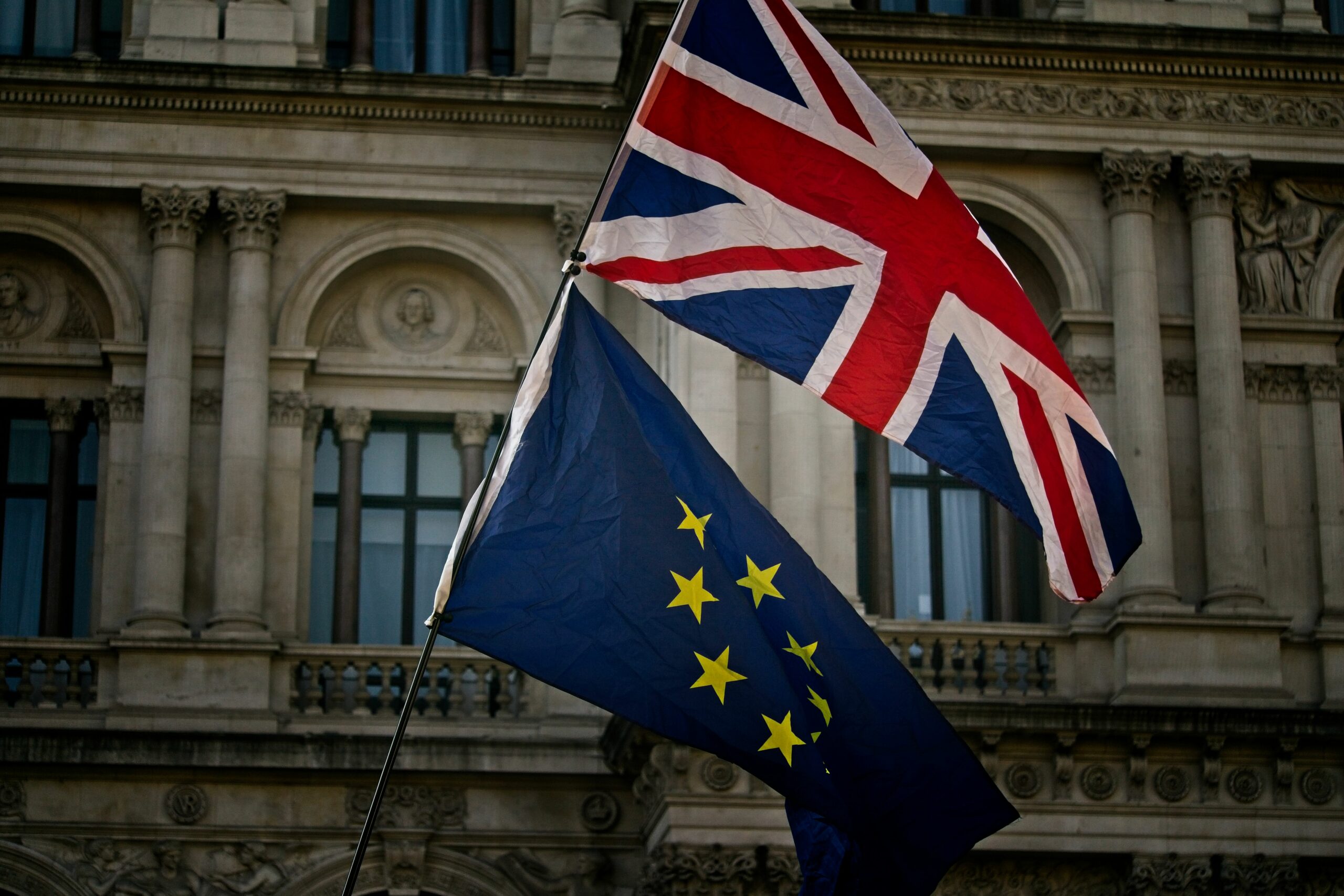Great Britain takes another step forward towards Net Zero. Starting next year, the British Emissions Trading Scheme (ETS) will also be applied to shipping.
The government confirmed this by unveiling its new maritime decarbonisation strategy. It aims to reduce greenhouse gas emissions by 30% by 2030 and 80% by 2024, in line with targets set by the International Maritime Organization.
The UK ETS came into force in 2021. In 2023 it was announced that it would be extended to cover sea transport. In its current form, the cap-and-trade system would apply to vessels over 5,000 tonnes sailing between UK ports or beginning and ending in the same UK port.
The ETS does not cover travel between the UK and Crown Dependencies (the Channel Islands and the Isle of Man) or between the UK and British Overseas Territories (such as Gibraltar and Bermuda).
‘We are committed to making the UK a green energy superpower and our maritime decarbonisation strategy will help us build a cleaner, more resilient maritime nation,” said UK Transport Minister Mike Kane.
The strategy also sets out a plan to reduce emissions from shipping and increase the use of clean fuels and eco-friendly technology, such as hydrogen, electric or ammonia-powered ships.
Translation by Giles Foster




